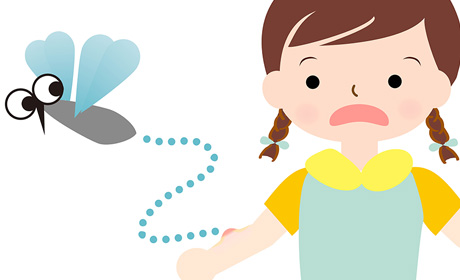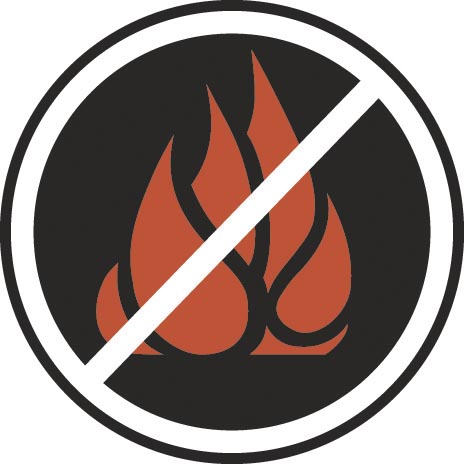I recently had the opportunity to meet with Dr. Jerome Paulson, a pediatric expert in environmental health. This is an area I have researched somewhat and have strong opinions on various topics, but Dr. Paulson is clearly the expert. Now that I have his expert opinion, I am planning on interspersing a series of posts on the subject, starting with today’s post on plastics.
Plastics. Ugh. We all kind of know that they are bad for us, yet we cannot seem to get away from them. No one can deny the conveniences of plastics, yet they contain all types of chemicals, the most notorious being Bisphenol A, or BPA. I learned from Dr. Paulson that BPA was first discovered and used as an estrogen analog, meaning it is similar enough to estrogen that in the early 1900’s it was used as a substitute, given to women (and cattle). Later it became used in plastics as a hardener, in container linings, and in epoxy resins, which are used in paints, adhesives, and electronics.
There has been a fair amount of concern over the health effects of BPAs, with animal studies suggesting that BPA is an endocrine disruptor, that is, it disrupts your body’s hormone functions. This is not surprising given its estrogen-like properties. Avoiding an endocrine disruptor, like BPA, in infants and children is especially important given their developing bodies and the fact that they put everything in their mouths. There is concern that the growing prevalence of endocrine disruptors in our environments is causing increasing congenital anomalies in the genitourinary systems of humans and animals. BPA has also been implicated in behavioral problems in kids and health problems in adults, like heart disease. In 2012, the FDA eventually decided that BPA should be eliminated from baby bottles and sippy cups.
Now that the BPA is out, what about the chemicals left in plastics? What is being used instead of BPA to harden plastics? That is what I am worried about. My husband often questions my avoidance of plastic wrap and my insistence on hand-washing plastics, but much to his chagrin, Dr. Paulson backs me up. He suggests that some of the newer substances have just not been around long enough for us to realize the effects (unlike BPA which has been around for 120 years or so). Therefore, it is best to be cautious in our handling of them.
Here are some things you can do to minimize plastic exposure in a plastic-rich world (even if it is BPA-free plastic):
Don’t use plastic in the dishwasher or microwave. Heat can leach out the chemicals that you are trying to avoid ingesting. If you must put your plastic in the dishwasher, at least use the top rack.
Avoid plastic wraps, especially on hot foods. In the microwave, instead of using a plastic wrap or cover, I use a paper towel or a glass plate to cover foods that may splatter.
Toss plastic once it becomes etched. As Dr. Paulson says, once a plastic is etched, “You’ve effectively increased the surface area . . . and now [the surface] is macroscopically porous, resulting in increased contact area between food and the plastic.”
Use plastics for storing cold, rather than hot, foods. Use glass containers for hot foods. This way, you can also microwave your food in the same container.
Use more stainless steel. Instead of plastic spoons, let your kids use stainless steel cutlery, plates and cups. In most metropolitan areas, there are Indian stores where you can pick up an array of steel saucers, bowls, cups, and plates. They will not break and are dishwasher safe. If only steel could go in the microwave… Click here for your local Little India.
Avoid recycling codes 3 and 7. Most plastic products still contain BPA. If you want to avoid BPA, look for “BPA-free” labels. Also, products with recycling codes 3 and 7 are more likely to contain BPA.
Try eating fresh rather than canned. The lining of many containers and cans may contain BPA or similar chemicals. Another reason to go fresh—more nutrients anyway!
Silicone? Many baby products, like utensils and pacifiers, come in silicone. Silicone (aside from implants) does not have any health concerns that I am aware of, nor is it an allergy risk. Please note, I make this point with hesitation, because the use of silicone in cookware and baby products is a relatively new concept. I have not been able to find much information on silicone’s safety. If I come across more information, I will pass it along.
For more information on plastics, see www.pehsu.net. Click on Factsheets and then click on Advisory about Phthalates and BPA, for patients





Ugh, I have been so happy to put all of Leo’s bottles in the dishwasher in recent months (saving what feels like hours on washing!) Do you really hand wash all of Chaaya’s items? blerg… guess I should go back to that…